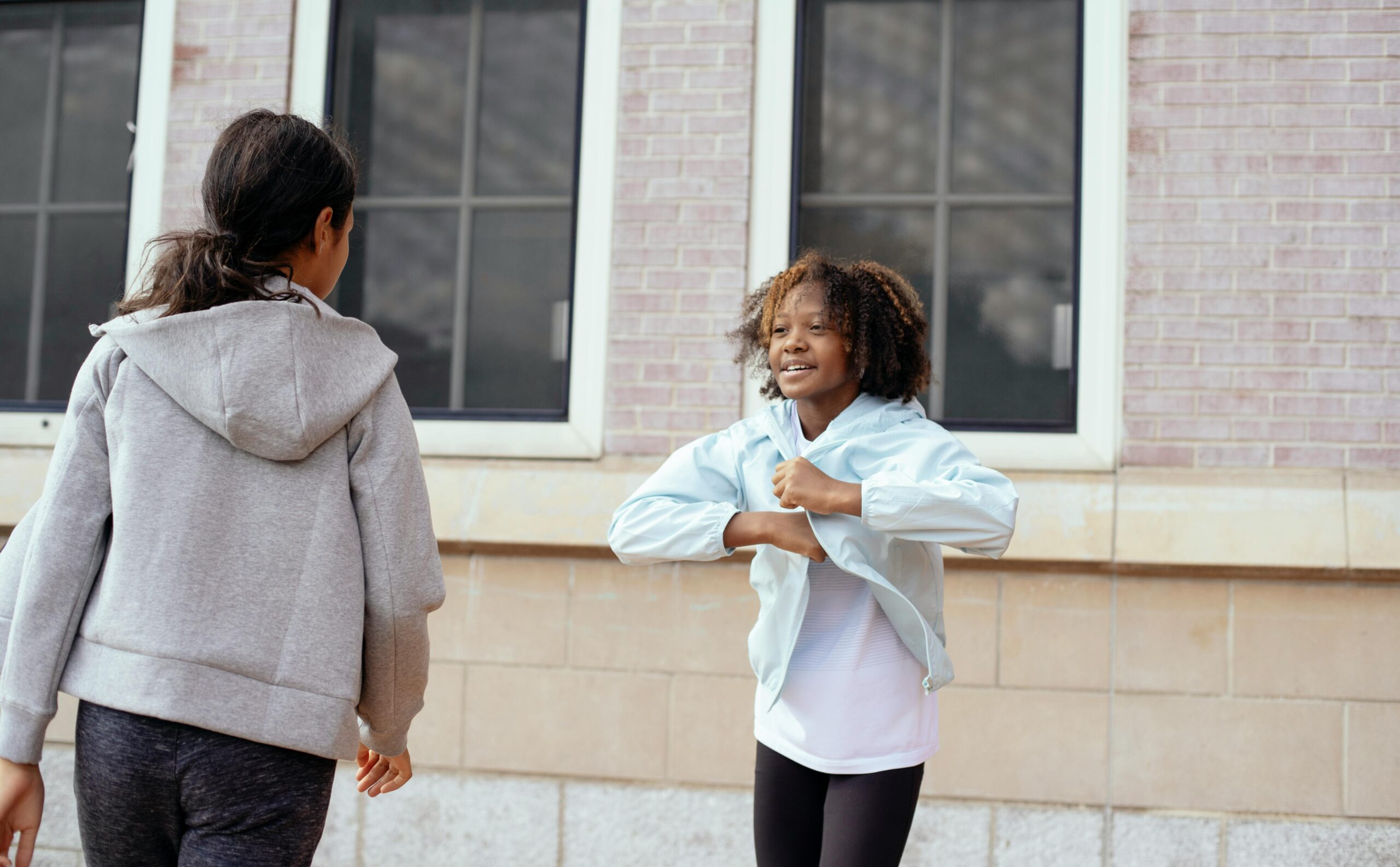Comprehensive Guide to the Chase Physical Education Building
The Chase Physical Education Building stands as a modern cornerstone of physical development and athletic training. In today’s world, where health and wellness are increasingly prioritized, facilities like this offer invaluable support. This article explores everything from foundational concepts to implementation strategies, giving you a thorough understanding of how the Chase Physical Education Building enhances both individual and institutional goals.

Understanding the Fundamentals
At its core, the Chase Physical Education Building serves as a dynamic environment for promoting physical education, athleticism, and holistic well-being. It integrates fitness equipment, sports infrastructure, and educational resources into one state-of-the-art facility.
Understanding the foundation of this building helps users make the most of its offerings. Over the years, physical education facilities have evolved from simple gymnasiums to multifaceted centers, reflecting growing societal focus on preventive health and sports performance.
1.1 Facility Design and Function
The architecture of the Chase Physical Education Building is intentional and efficient. It features designated zones for cardio, weight training, group fitness, and rehabilitation. According to recent studies, multi-zonal gym layouts increase user satisfaction by 35%.
From basketball courts to resistance training areas, every space is optimized for flow and safety. A common misconception is that such buildings serve only athletes, but the design actually accommodates all fitness levels and objectives.
1.2 Educational Integration
Unlike commercial gyms, the Chase Physical Education Building is embedded in an academic framework. This makes it a hybrid between a classroom and a sports arena, creating unique opportunities for experiential learning.
Programs offered often include kinesiology labs, coaching courses, and anatomy workshops. For example, students enrolled in health sciences frequently utilize the building for applied research and data collection, reinforcing theoretical learning through real-world application.
Practical Implementation Guide
Transitioning from theory to practice, this section outlines how to leverage the Chase Physical Education Building for maximum benefit. Whether you’re a student, coach, or facility manager, understanding these strategies ensures efficient use and measurable outcomes.

2.1 Actionable Steps
- Conduct a Personal Assessment: Identify your goals—weight loss, muscle gain, endurance—and determine which zones of the facility best align.
- Utilize Available Resources: Take advantage of on-site trainers, orientation sessions, and digital kiosks that provide personalized workout plans.
- Track Progress and Adjust: Use performance tracking systems available in the gym and revisit goals every 4-6 weeks to adjust routines accordingly.
2.2 Overcoming Challenges
Common barriers include time constraints, lack of motivation, and intimidation by advanced users. Solutions include scheduling shorter, high-intensity sessions, joining group classes for accountability, and starting in beginner-friendly zones.
Expert tips: wear comfortable attire, maintain hydration, and seek guidance from staff to avoid injuries and ensure proper technique from day one.
Advanced Applications
For seasoned users, the Chase Physical Education Building offers advanced techniques that push physical and academic performance to new heights. These applications are ideal for athletes, researchers, and trainers aiming for elite-level progress.

3.1 Performance Monitoring Systems
High-tech installations like motion sensors, force plates, and metabolic carts allow in-depth performance analysis. For example, university sports teams can measure vertical jumps and agility metrics pre- and post-season to evaluate conditioning effectiveness.
Metrics help refine training regimens and detect early signs of overtraining or injury risks, leading to more informed coaching decisions and optimized athlete output.
3.2 Academic Collaboration
Integrating coursework with real-time training data enhances educational outcomes. Faculty and students collaborate on projects involving biomechanics, sports psychology, and exercise physiology, often leading to publishable research and innovation.
This synergy between academia and athletics not only elevates student learning but also improves facility standards, benefiting the entire campus community.
Future Outlook
As fitness technology evolves, facilities like the Chase Physical Education Building will continue integrating AI, virtual reality, and personalized wellness programs. These innovations are set to redefine how users interact with physical spaces.
In the next 3-5 years, expect features like app-based access control, virtual trainers, and real-time health analytics to become standard. Preparing now—by staying informed and adaptable—positions users and institutions at the forefront of wellness advancement.
Conclusion
In summary, the Chase Physical Education Building offers a blend of accessibility, innovation, and educational value. Key takeaways include its user-centric design, embedded academic functions, and potential for advanced performance training.
Whether you’re aiming to improve fitness, enhance learning, or support athletic growth, this facility delivers unmatched opportunities. Start today by exploring its diverse features and embracing the future of physical education.
Frequently Asked Questions
- Q: What is the Chase Physical Education Building? It’s a multi-functional fitness and learning facility that supports both athletic and academic pursuits.
- Q: How do I get started at the facility? Begin by taking a guided tour, attending an orientation session, and setting fitness or learning goals.
- Q: How much time should I dedicate weekly? Depending on your goals, 3 to 5 sessions per week of 45–60 minutes each is recommended.
- Q: What does it cost to use the building? Costs vary by institution; students often have free or subsidized access, while faculty may pay nominal fees.
- Q: How does it compare to regular gyms? The Chase Building offers educational integrations, research capabilities, and student support not typically found in commercial gyms.
- Q: Is it difficult to use the equipment? Not at all—equipment is user-friendly and staff are available to help. Digital tutorials are also accessible.
- Q: Are there programs for specific majors? Yes, programs for health sciences, kinesiology, and sports studies are commonly integrated into the building’s offerings.
